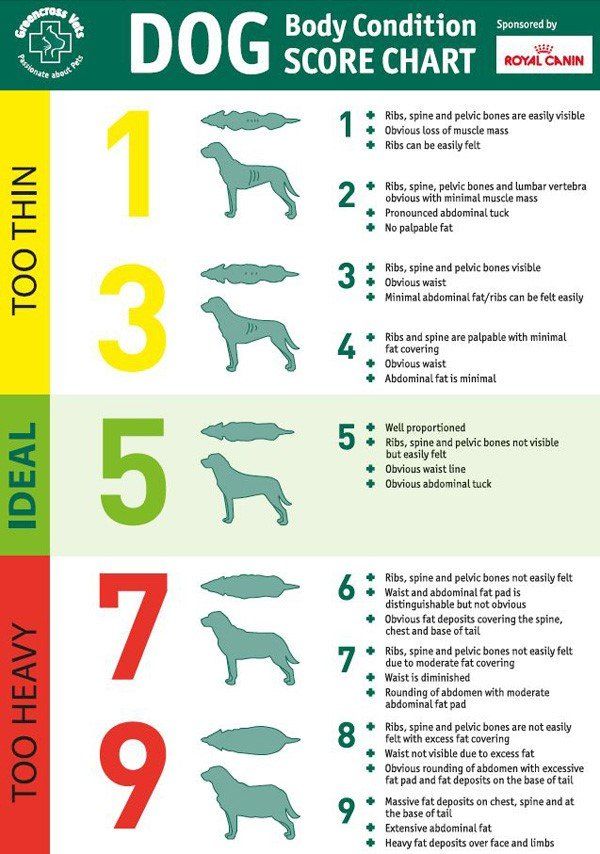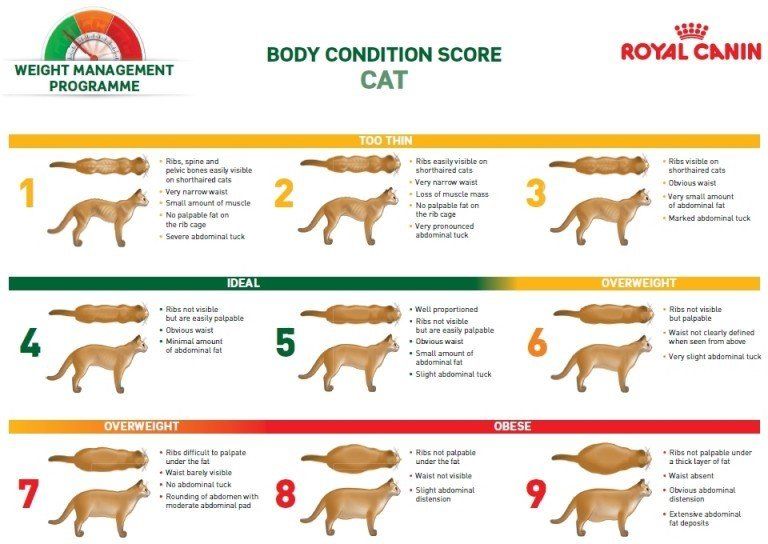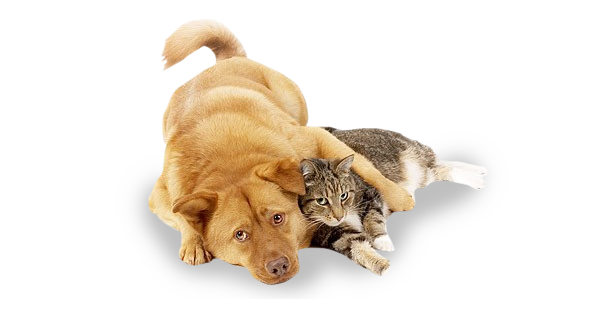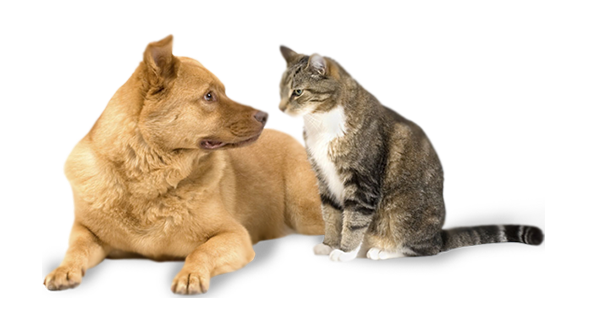Weight control
Similarly to humans, we are seeing an increase in animal obesity in dogs, cats and occasional small furries. It is estimated as many as 1 in 3 cats and 1 in 4 dogs are deemed overweight. As with ourselves, carrying ‘a few extra pounds’ can increase the risk of certain health issues occurring:
- Mobility difficulties including arthritis
- Bladder stones and urethral obstruction
- Behavioural issues (i.e. unable to groom, reactive due to joint pain)
- Diabetes Mellitus
- Liver disease
- Heart disease
- Respiratory diseases
- Decreased life expectancy
- Poor skin and coat condition
- Higher risk if requiring anaesthesia
- Increased risk of infection due to a decreased immune system
Although animal obesity can appear slight, for example: a cat whose weight increases from 4.5kg to 5kg, this represents a 10% increase in weight which would be the equivalent of a 80kg human gaining 8kg. In already arthritic pets, weight loss (if applicable) can offer some relief, as this will reduce the weight being carried on sore joints- even just a 6-8% loss has been shown to improve signs.
Is my pet overweight
It can be difficult to see if pets are carrying more weight than they should be as animal obesity can happen gradually. Your pet should be weighed whenever they visit the practice, and we can see any ongoing trends of weight gain. Another way to check animal obesity is to use a body condition score chart. This gives several visual guides on how to score your pet: Can you easily palpate the ribs? Is there a waist present when viewed from above? Is there a slight tuck at the abdomen when viewed from the side? From this guide, you can decide if your pet is under ideal weight, ideal weight or over ideal weight. These guides are normally found on the consulting room wall in your local Edinburgh practice.


Tips for treating animal obesity
When treating animal obesity, we at Dundas Veterinary Group usually first ask if your pet is neutered or not. Neutered pets require between 24-33% less calories than those who are entire due to changes in metabolism, so it may be your pet is simply consuming more calories than they require. Secondly, it can be helpful to book in your pet for a free weight clinic with one of our registered nurses.
In the clinic, which is a similar idea to that of a slimming club, we will weigh your pet and take appropriate measurements. Using this information our nurses will be able to work out exactly how many calories you pet requires, and how much food is required per day, as well as a plan of action for weight loss (how much your pet should be losing each week and how long to expect this to take).
A lot of people find it difficult to stick to diets, both with themselves and with pets, as weight loss can be a frustrating and long process as only 1-2% is advised to be lost weekly. Our nurses can offer you and your pet some much needed support during this time both over the phone and in regular weigh- ins. Weight loss can also be difficult due to feeling unable to give some tasty treats as this is something both yourself and your pet enjoy. Ideally treats should be worked into the daily allowance, and healthier alternatives (such as raw carrots) can be offered instead so everyone is happy.
Your pet and exercise
Changes in exercise routines goes hand-in-hand with dietary changes when aiming for elimination of animal obesity. Each pet requires their needs to be accessed individually as those who are carrying quite a bit extra weight or those with pre-existing conditions, such as arthritis, will need to take care in increasing exercise. It is recommended two 30 minute walking or playing sessions per day for dogs, whereas our feline friends prefer shorter 10 minutes play sessions four times a day. One of our nurses will be able to help you with ideas of how to get your pet moving during their weight loss programme- even giving cats a challenge to get food, such as raising food on stairs or obstacles can encourage movement.



